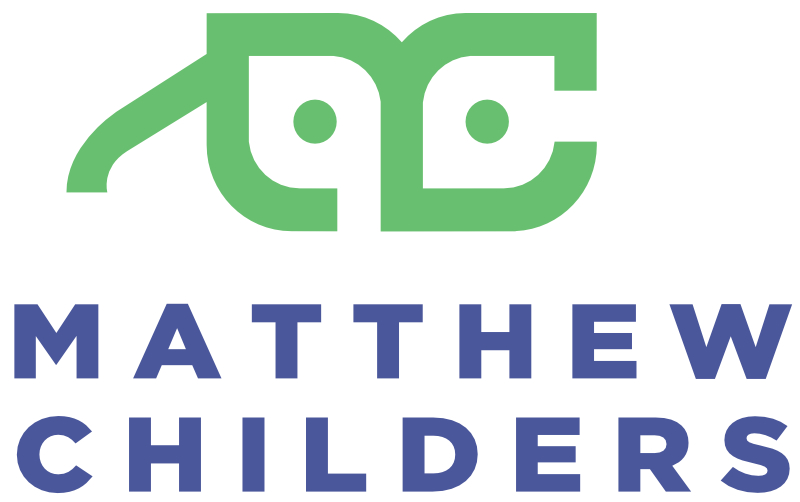Working in comics almost demands collaboration with other people.
It’s just a fact. It’s extremely difficult to create, write, draw, ink, and letter a comic by yourself. Okay not impossible as that’s pretty much what I’ve done on my comic Moon Hunters, but what you gain in pride and knowledge you sacrifice in time.
And seriously, time is money.
Comics as a medium is notorious for collaboration. It’s the lifeblood of many great stories. Larger publishers use it as a way to not only create great work but also part of their factory-like process. There are clearly defined roles in most comic book collaborations because the process has been broken down into the most basic and fundamental way.
And in the age of social media the more people you have involved in a project the bigger your social reach. That social reach is essential for expanding the viewership of your webcomic, Kickstarter projects and just getting eyes on your book.
When people work together our emotions get involved.
Emotions can cause collaborations to sour and become toxic. It’s a straight up fact.
We are humans. Humans have emotions.
Humans also have stress.
Fun as comics can be, making them is stressful. And when you combine emotions and stress, feelings get hurt.
A few years ago I worked on the Adventures In Pulp webcomic. When it started it was an exciting and fun project. I had a collaborator that in the beginning had a lot of ideas that were fun to draw. It worked well.
But the more the project continued the more I seemed to be doing. I was handling the website. I was handling the social media. I was handling the marketing. Oh yes, and I was drawing, inking, coloring, and lettering the project.
I also pushed the project into places that the writer wasn’t comfortable. I pushed us to do a Kickstarter. I pushed us to try different formats. I even launched the webcomic and later found out the writer was angry that the writer wanted to wait for the launch.
Collaborations can ruin friendships
In fact in the story above it did. Eventually, the collaboration soured. And with it the friendship. It certainly was the last thing I wanted to happen but it did.
I don’t say this to scare you but to explain the reality. Comics can be an exciting sandbox to play in but in the end, you are doing work. And work needs boundaries and processes that allow us to succeed and create something amazing.
Here are some steps to help start and hold a successful collaboration in comics.
In fact in the story above it did. Eventually, the collaboration soured. And with it the friendship. It certainly was the last thing I wanted to happen but it did.
I don’t say this to scare you but to explain the reality. Comics can be an exciting sandbox to play in but in the end, you are doing work. And work needs boundaries and processes that allow us to succeed and create something amazing.

Define your goal clearly
Before you decide anything in a collaboration you need to sit down with your partner or fellow creatives and decided what your goal is.
I’m not talking about a massive unreachable goal, such as become the next Marvel Comics.
What is your project goal?
Create a single issue comic?
Create a webcomic?
Create a mini-series?
Make your goal as small as you can make it and still have the project be viable.
Why small? Because you don’t want to be 400 pages into a dream project only to realize the collaboration is a failure.
Start small and be clear with your goal.

Decide the roles early
Do not go into any collaboration without defining the roles as clearly as possible.
- Who is in charge/or has final say.
- Who is going to handle art chores?
- Who is going to handle proofreading
- Who will handle marketing
- Who will handle social media
Sometimes it can be everyone involved but in many cases, one person needs to be the go-to person. And almost always there needs to be a plan.
Identify it clear up front who the planner is so there are no assumptions later.

Make it clear what the rewards are
It doesn’t matter what role you play, artist or writer, you must get a piece of the pie.
There are typically two ways to approach this.
- Work-for-hire which means one person pays another person to do work. Once the work is complete the project is finished. Move on to the next project.
- Residuals – money from profits of the book. In a true collaboration the work is split equally and the profits from the book are split equally, or the number of books is split equally and the profits come from sales. However also consider the cost of reprinting. Such as a 20% cut of the profits should go back into reprinting. The beauty of books is that as long as they can be reprinted and sold you can make a profit in perpetuity.

Decide who gets the rights to print the book
Imagine a scenario where a collaboration sours.
Who gets rights to the book?
Who is allowed to reprint and continue to sell?
Sure the writer may have created the characters and story but the artist created the art. Unless it is work-for-hire or stated in a contract, the art belongs to the artist. So you would be in a situation where the book may not be reprintable at all.
In that situation, everyone loses. The creators and the readers.
When money or products are involved treat it like a normal job. Make sure everything is clear and understood.
Write it up. Make a contract. Make it clear who gets what and how things should work.

Make a schedule
Comics are a medium that require deadlines. You can’t make some things happen without other things happening first.
If the writer doesn’t deliver scripts the artist can’t draw the story.
If the artist doesn’t deliver art the colorist can’t color it. The letterer can’t letter it.
It’s a chain that requires each link to be in its place.
And without a schedule, you will just be spinning your wheels. Decide in the beginning the schedule you want. Make it realistic. Give everyone the proper time they need to get the job done.
And then build in a buffer.
Decide early on what steps to put in place with your schedule to reduce the stress on every creator involved.

Put it in writing
As mentioned above in regards to money. Make a contract.
Spell out clearly every role. The process. The collaboration in total. Everything that will be involved.

Be willing to compromise and refine
The process and collaboration, in the beginning, will not be perfect. That’s okay. You will have walked through the process and spelled out roles and discussed how things will work. But something will happen that will require a change.
Sit down and discuss the issue. Have weekly meetings if need be. Talk about the current goals. The wins. And the problems.
These creative meetings can not only encourage one another but can lead to ideas of how to make the process move more fluid.

Don’t micro manage other creators process
The creative meeting above serves another purpose. To provide transparency and promote a partnership. It’s perfectly okay and preferable to have one creative take on an editorial role. That of an overall project manager.
What you do not want is for one creator to take on the role of micro-manager.
It is essential to respect the process of each creator involved. If the writer likes shutting himself in a room, naked, eating peanut butter sandwiches. Let him.
If the artist likes to scribble out all his pages on paper bags. Let him.
To alleviate any issues with process beforehand discuss each creators process and how they work. Make sure everyone is on the same page.
Then respect the process.

Have a weekly talk-it-out session
As mentioned above schedule an hour a week for a talk-it-out session. Everyone will run into problems.
A writer could be stuck at a certain plot point.
The artist could be having trouble with a scene. Talk it out. Ideas come from crazy places and understanding where everyone is and what the problems are can alleviate more problems down the road.
Remember this is work, not play.


